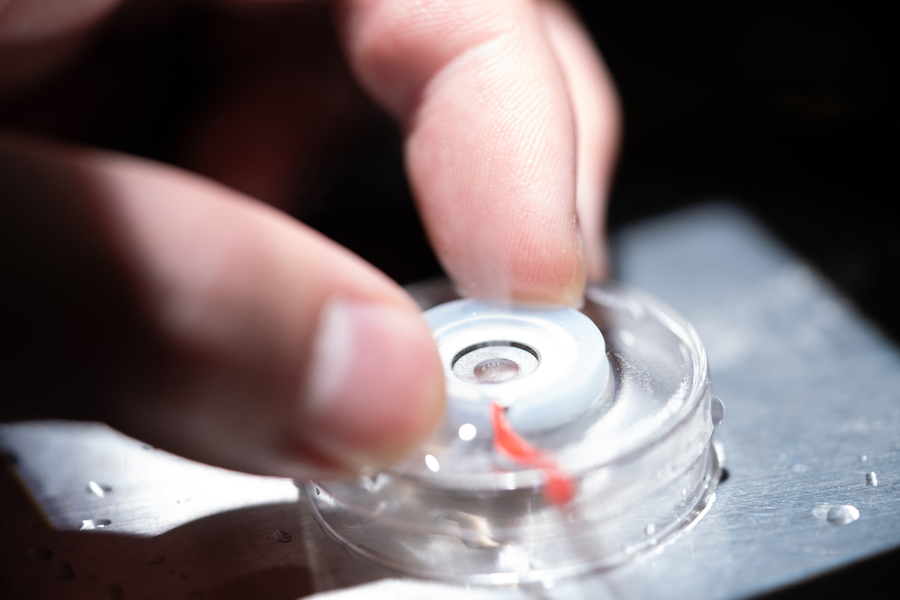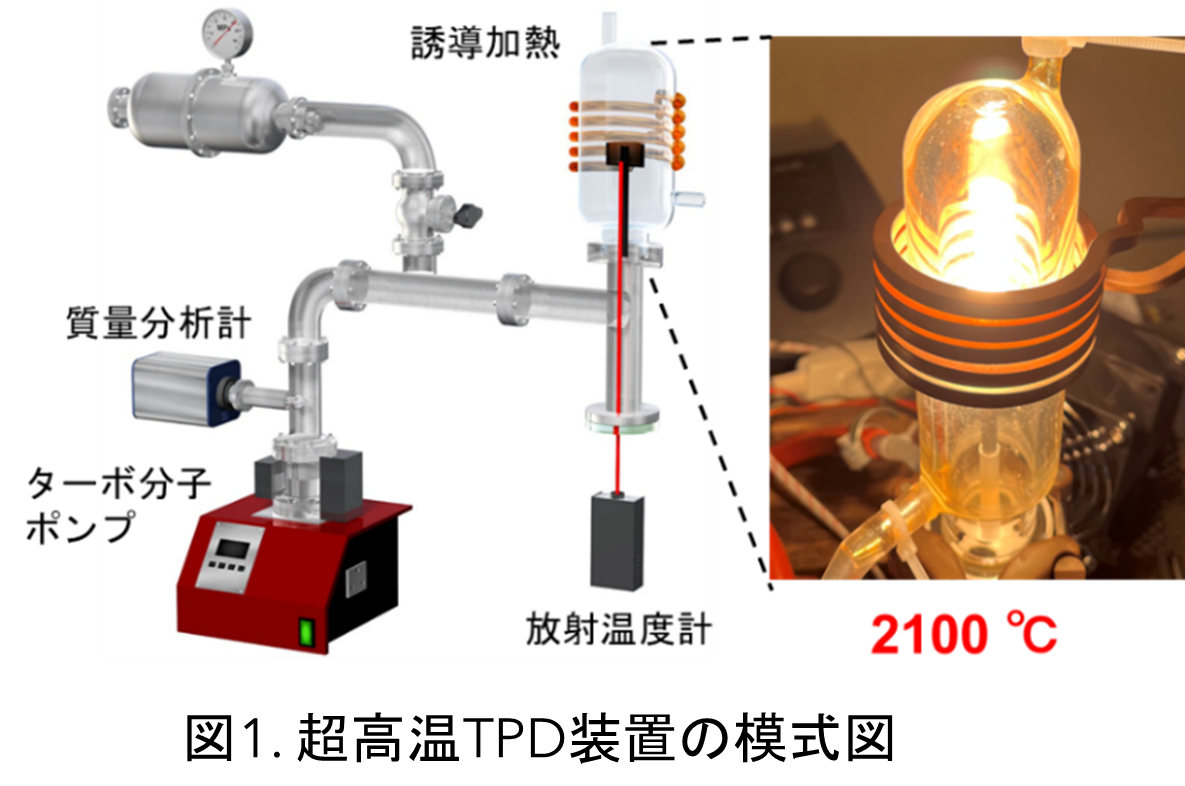2024-04-29 マサチューセッツ大学アマースト校

Series of snapshots of simulated self-assembly of programmable, size-closing, saddle nanostructures.
<関連情報>
- https://www.umass.edu/news/article/inspired-viruses-and-butterfly-wings-umass-amherst-researchers-make-leap-forward
- https://www.pnas.org/doi/10.1073/pnas.2315648121
サイズ制御された三次元周期多面体のプログラマブル組立における経済性と忠実性の限界 Limits of economy and fidelity for programmable assembly of size-controlled triply periodic polyhedra
Carlos M. Duque, Douglas M. Hall, Botond Tyukodi, +2, and Gregory M. Grason
Proceedings of the National Academy of Sciences Published:April 26, 2024
DOI:https://doi.org/10.1073/pnas.2315648121
Significance
As first suggested by Caspar and Klug, many viruses assemble icosahedral shells (capsids) because the high symmetry of the icosahedron enables economical assembly—enclosing a large volume with relatively few distinct protein subunit types. We generalize this design principle to triply periodic polyhedra, mesoporous structures approximating cubic minimal surfaces. We demonstrate their programmable assembly from a minimal number of distinct subunits forming arbitrarily large unit cells of tunable, defined size. However, while high symmetry points enable economy in these target structures, they can be seeds of misassembly. This design strategy, and the fundamental tradeoff between economy and fidelity, lays the groundwork for deploying rapidly advancing nanotechnology approaches to programmable assembly to achieve size-controlled architectures with tunable functional properties.
Abstract
We propose and investigate an extension of the Caspar–Klug symmetry principles for viral capsid assembly to the programmable assembly of size-controlled triply periodic polyhedra, discrete variants of the Primitive, Diamond, and Gyroid cubic minimal surfaces. Inspired by a recent class of programmable DNA origami colloids, we demonstrate that the economy of design in these crystalline assemblies—in terms of the growth of the number of distinct particle species required with the increased size-scale (e.g., periodicity)—is comparable to viral shells. We further test the role of geometric specificity in these assemblies via dynamical assembly simulations, which show that conditions for simultaneously efficient and high-fidelity assembly require an intermediate degree of flexibility of local angles and lengths in programmed assembly. Off-target misassembly occurs via incorporation of a variant of disclination defects, generalized to the case of hyperbolic crystals. The possibility of these topological defects is a direct consequence of the very same symmetry principles that underlie the economical design, exposing a basic tradeoff between design economy and fidelity of programmable, size controlled assembly.



